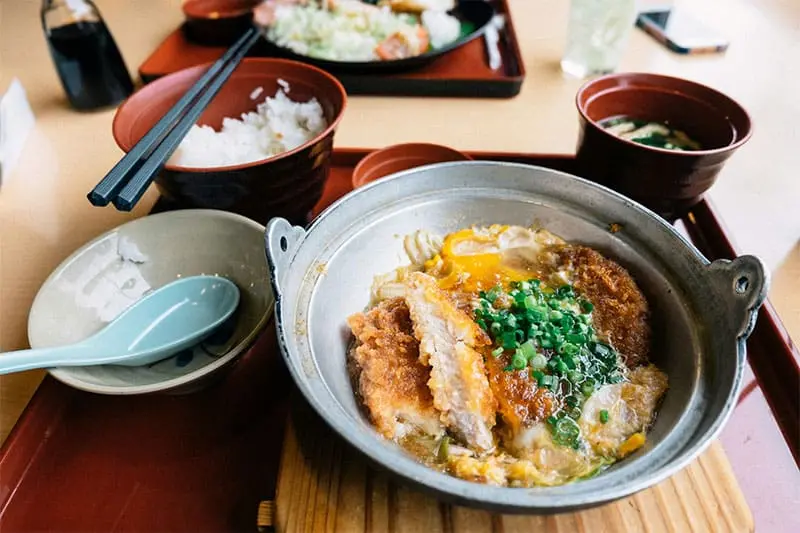Features of Japanese cuisine and reasons for its popularity
It is often said that the Japanese cuisine is good for health. What is the origin of Japanese cuisine? The Japanese have always given proper importance to the ingredients that they ate, and Japanese cuisine is deeply rooted in the concept of nature and history. This seasonality affects not only the choice of ingredients, but also the supply of herbs, dishes and decor.
The basis of this seasonal approach is the commandment “Khachiri – Sakari – Nagori”. Khachiri means before the season, Sakari means the period of flowering or ripening of plants, and Nagori evokes nostalgia for the past season. This commandment reflects the seasonality of grub products.
For example, for fruits: early fruits that are already ripe, those that are in the new season, and fruits at the end of the season that are already well ripened. This philosophy reinforces the importance of the present moment and the current moment of fate, adding spiritual depth to the act of taking one’s life. Through the kitchen one can experience the beauty of nature.
The Hanami holiday is also a perfect illustration of this concept of seasonality. This holy ephemeral beauty of cherry blossom is accompanied by a tasting of seasonal malts. Japanese desserts, called vagashi, whose shape and color change with the seasons, miraculously create this harmony with nature and time.

Japanese cuisine, which has long been valued as balanced, is made up of many valuable herbs. Although grub is beginning to change with globalization, the Japanese prefer their national cuisine. The meals usually include of protein, soup, vegetables and rice.
It is important to pay attention to the typical structure of the Japanese food. Rice occupies the central place, and it is complemented by small side dishes that consist of vegetables, meat or fish, and tsukemono, vegetables, pickles in the middle. This rice, prepared for easier digestion, has a miraculous source of energy.
Rice, rich in carbohydrates, is accompanied by wild and cooked proteins, especially fish, which can be eaten in large quantities, raw or boiled. Such a food will be supplied with zinc, especially in its raw form, as well as omega-3 fatty acids, which promote the proper development of the retina, brain and nervous system. Vegetables are also present in very large quantities, prepared in different ways on several plates.
These grubs are also similar to Buddhist vegetarian cuisine, which developed in Japan in the 6th century with Chinese and Korean influx. With the advent of Buddhism, there was no longer any food for harvested meat, and it was fenced off by the stretch of centuries. Then morality changed to adapt to this new age, which is characterized by greater profitability of vegetables. In some regions of Japan, especially in Buddhist temples, meat dishes are essentially meatless dishes.











